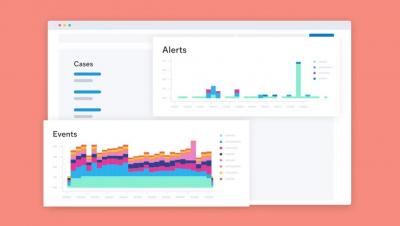Secure Remote Access: Why It's Important and How to Do It Right
COVID-19 forced organizations all over the world to transition their employees to a work-from-home policy. That change came at a time when organizations’ connected infrastructure is more complex than ever. Such complexity doesn’t just extend across IT environments, either. Indeed, machines and production processes are also becoming increasingly complex as organizations with OT environments seek to address the challenges of the 21st century.









